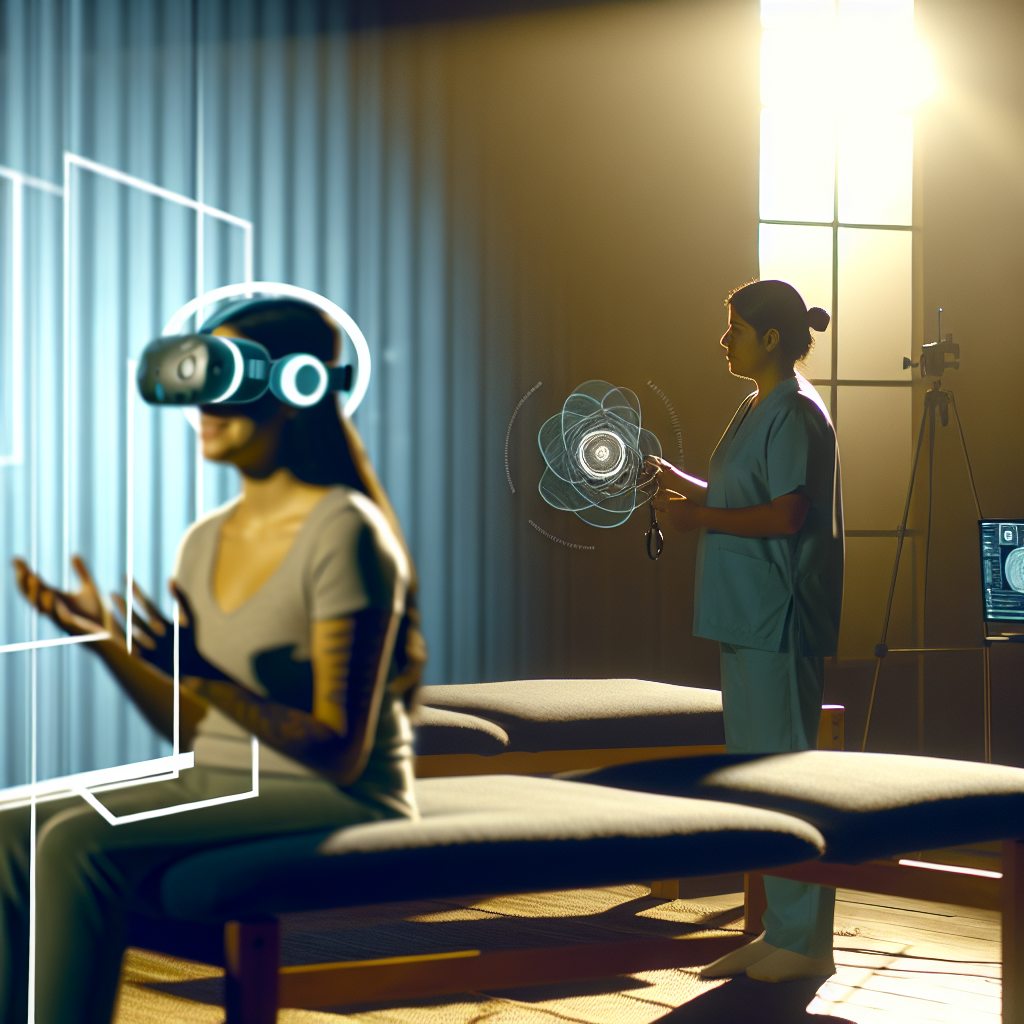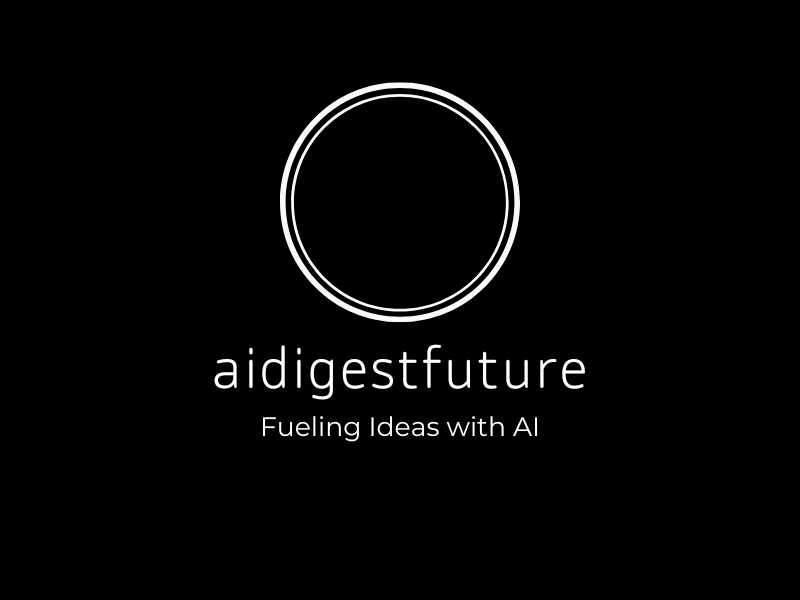
Introduction: A New Dawn in PTSD Treatment
Post-Traumatic Stress Disorder (PTSD) affects millions of people globally. Soldiers returning from combat zones, survivors of accidents, incidents of violence, and even those affected by natural disasters endure tremendous emotional and psychological distress. While traditional therapies such as Cognitive Behavioral Therapy (CBT) and exposure therapy have proven effective, not all patients respond equally to these treatments. Enter the revolution of cutting-edge **Augmented Reality (AR)** and **Artificial Intelligence (AI)** technologies, championed by innovators at **Wayne State University**, which offer promising new avenues for PTSD treatment.
In this blog, we take a closer look at how Wayne State researchers are leveraging advanced AR and AI technologies to transform the landscape of PTSD therapy. This **innovative approach** not only tackles some existing challenges but also broadens access to effective interventions.
The Challenges of Conventional PTSD Treatments
The traditional treatment options for PTSD, although proven effective, have their limitations. Some of the most recognized challenges include:
- High drop-out rates: Many patients drop out of therapy prematurely due to the intense emotions triggered during exposure therapy.
- Barriers to access: Geographic limitations, lack of trained therapists, and economic concerns restrict access to therapy for many patients in need.
- Variability in treatment efficacy: Not everyone responds to traditional treatments in the same way, highlighting a need for a more personalized approach.
In response to these issues, experts at Wayne State are integrating immersive **AR-environments** with adaptive **AI-driven analytics** to significantly enhance the efficacy and accessibility of PTSD treatments.
The Power of Augmented Reality (AR) in PTSD Therapy
**Virtual Reality (VR)** has been used in psychological therapy for quite some time. However, Wayne State’s pioneering focus on **Augmented Reality (AR)** brings a whole new dimension to the table. What sets AR apart from VR is that it superimposes simulated experiences on the real world without creating the complete isolation that VR environments foster. This enables PTSD patients to face their triggers in their real-world surroundings while still benefiting from the controlled experience that exposure therapy relies on.
Here’s how AR by Wayne State researchers is improving PTSD treatment:
- Controlled Exposure Therapy: Fear-inducing stimuli, such as sounds, sights, or specific scenarios, can be generated through AR in real-world settings, allowing clinicians to fine-tune exposure intensity based on the individual’s comfort level. This can help minimize overwhelming feelings, thus reducing therapy drop-outs.
- Gradual Reintegration: AR allows patients to rehearse confronting traumatic memories while still remaining grounded physically in the real world. As therapy progresses, patients can gradually increase the level of exposure, simulating challenging environments in a safe, controlled manner.
- Personalized Scenarios: The **AR system** adjusts the environment based on the individual nature of a patient’s trauma rather than a generic simulation. This gives people a sense of “personalized healing,” making it much more relatable and impactful.
Furthermore, AR technology can now be integrated into handheld devices or wearables, making it more accessible and convenient than conventional VR headsets. Patients are empowered to work on their therapy, not only during sessions but also in their own spaces, under therapist supervision.
The Role of Artificial Intelligence in PTSD Treatment
While AR enhances the patient’s **immersive therapy experience**, the role of AI is equally crucial, especially in tailoring treatment strategies to each individual.
**Artificial Intelligence’s** ability to analyze massive quantities of data has revolutionized healthcare, and Wayne State experts are tapping its potential in:
- Predicting Patient Responses: By harnessing **machine learning algorithms**, AI can predict how individuals might respond to different therapeutic interventions. This means clinicians can craft more customized treatment plans based on real-time data analysis. For example, if a patient starts to show heightened anxiety levels, AI can recommend adjustments to therapy.
- Monitoring Emotional and Physiological Reactions: AI-powered cameras and sensors monitor subtle signs of emotional distress, such as facial expressions, heart rate, or other physiological indicators. This allows **real-time tracking** of a patient’s mental and emotional state, providing clinicians with deeper insights without needing constant patient feedback.
- Adaptive Therapy Plans: Based on accumulated data from previous sessions, AI systems can automatically modify aspects of AR therapy, such as exposure duration or intensity level. This creates a dynamic, evolving treatment plan tailored to each patient’s unique progress.
- Longitudinal Tracking: AI can track the patient’s **progress over time**, analyzing numerous data points to determine therapeutic success and any potential areas for improvement. This creates a continuous loop of feedback that enhances the effectiveness of sessions.
Collaboration Makes It Possible
Though AR and AI play significant roles individually, their true power emerges when combined. Wayne State’s multi-disciplinary approach to PTSD treatment bridges expertise across psychology, technology, medicine, and artificial intelligence research to create a seamless experience for patients and therapists alike.
Enhancing Accessibility with Technology
One key benefit of using AR and AI in PTSD treatment is how this technology aids in **expanding access**:
- Remote Treatment Options: Patients no longer need to be physically present in a therapist’s office for every session. Mobile AR applications, combined with AI tools that monitor behaviors and provide real-time analytics, enable remote therapy. This is a game-changer for people in rural or underserved communities.
- Cost Efficiency: AI’s ability to personalize treatment reduces the number of sessions that patients may need, which helps decrease the financial burden of long-term therapy.
- Diverse Population Reach: The combination of AR and AI-based treatment can be culturally adapted, ensuring that individuals from varying backgrounds and experiences receive therapy that resonates with their unique PTSD triggers.
Future Implications and Broader Applications
Although Wayne State’s AR and AI innovations are primarily aimed at treating PTSD, the potential applications reach far beyond this disorder. This technology could be instrumental in addressing a range of mental health conditions, such as **anxiety**, **phobias**, and **depression**.
As the research continues to evolve, future developments could also expand this technology to help individuals with:
- Social anxiety disorders, helping them practice social interactions in safe, augmented environments before facing them in the real world.
- Phobia treatments, where AR and AI can simulate situations involving heights, spiders, or tight spaces in a more personalized and gradual manner.
Conclusion
The cutting-edge **AR and AI technologies** developed by **Wayne State University** are breaking new ground in the treatment of PTSD. By creating immersive, realistic experiences grounded in augmented reality and coupling it with adaptive AI data analysis, clinicians now have powerful tools to effectively tailor and expand care accessibility, alleviating PTSD’s crippling effects for a larger audience than ever before.
As this technology matures, the possibilities for treating PTSD and other mental health conditions seem boundless. Wayne State has positioned itself at the forefront of this revolution, inspiring hope for the future.

Thank you for your sharing. I am worried that I lack creative ideas. It is your article that makes me full of hope. Thank you. But, I have a question, can you help me?